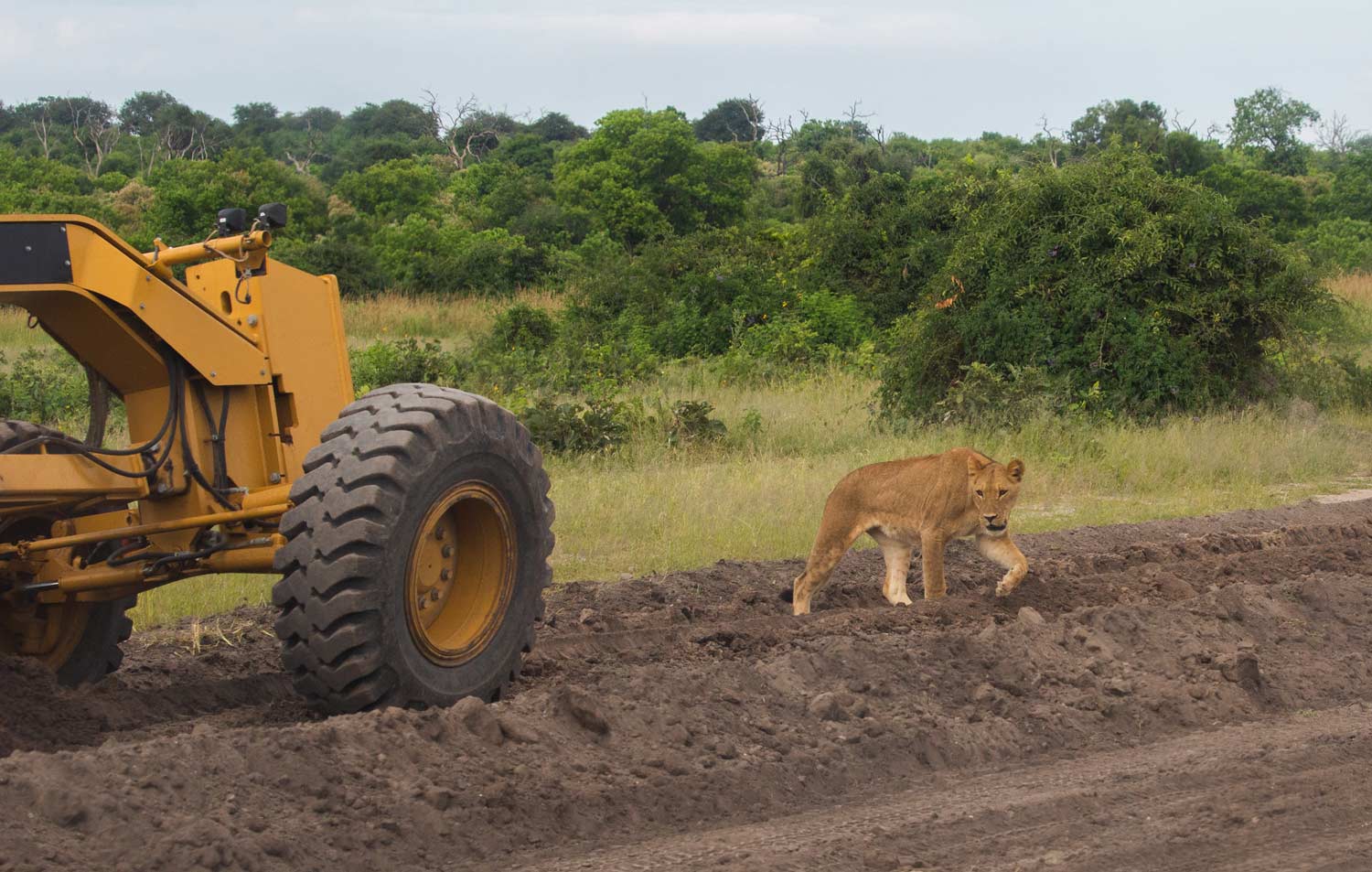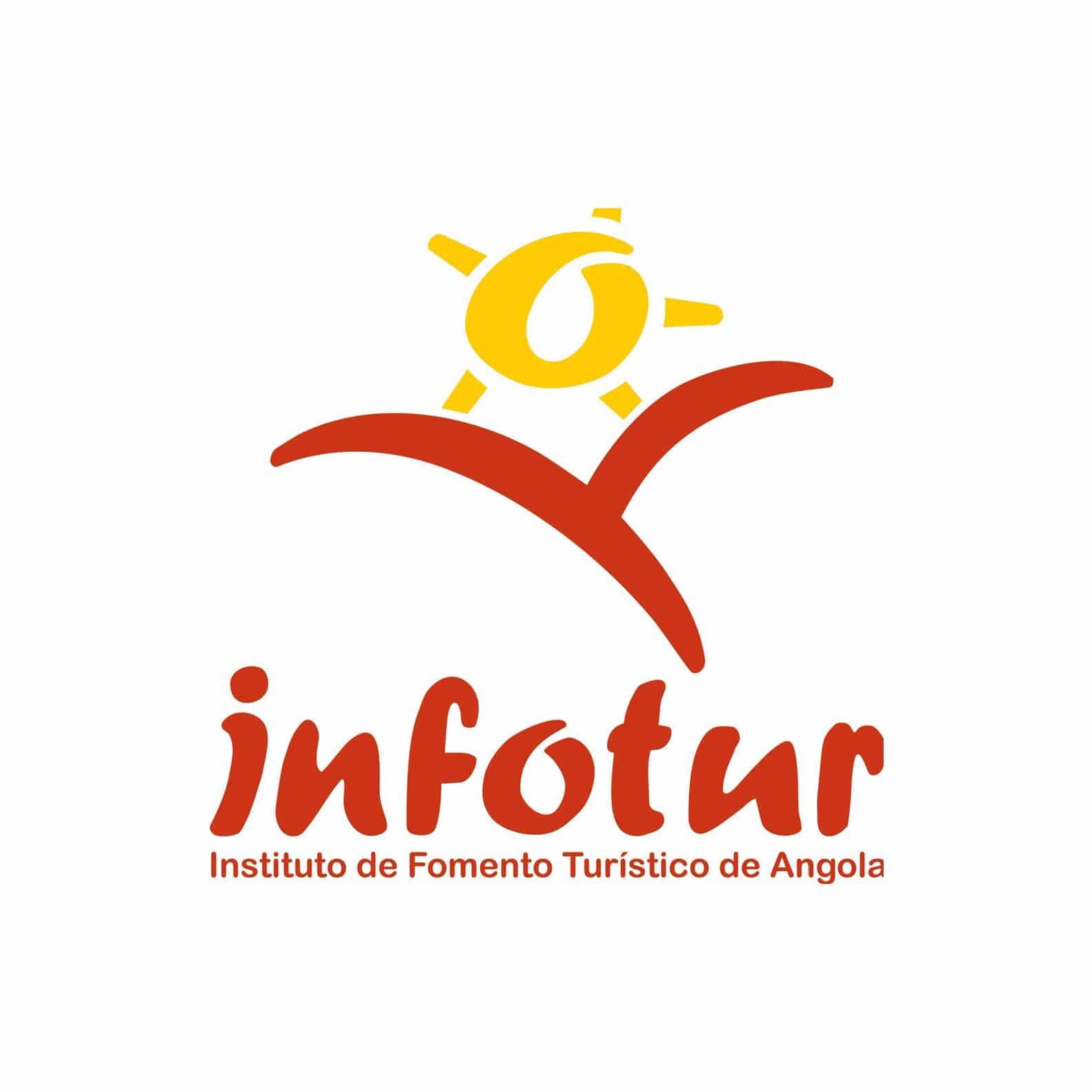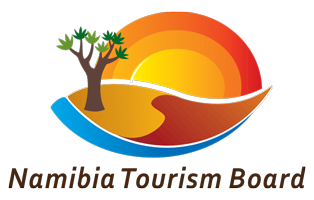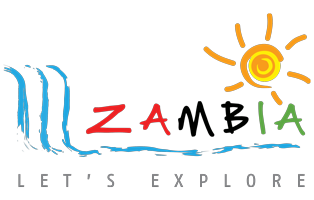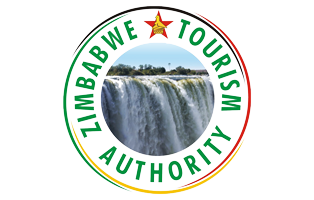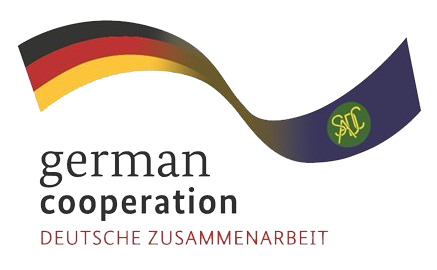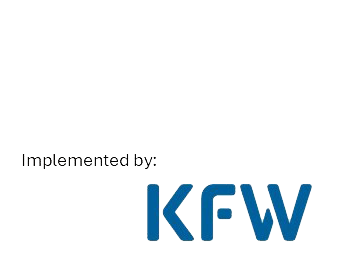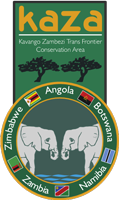In the heart of the Kavango Zambezi TFCA, where wildlife corridors stretch across vast landscapes and traditional practices hold the key to sustainable land management, WildCAT Botswana is making remarkable strides in conservation. Through strategic funding from the German Government (via KfW) and other donors, this innovative organisation is tackling some of the most pressing challenges in wildlife conservation and human-wildlife coexistence through two groundbreaking projects that hope to reshape how we approach integrated land use planning and livestock management.
Modelling for Integrated Land Use Planning – Mapping Wildlife’s Future
For the past 10 years, WildCAT Botswana has partnered with the Wildlife Conservation Research Unit (WildCRU) at Oxford University to identify critical wildlife corridors across the Kavango Zambezi landscape. Leveraging on-the-ground data collected by multiple organisations across the Kavango Zambezi TFCA partner states, this collaborative project is using advanced connectivity modelling techniques to determine where the corridors that serve both large carnivore and large herbivore movements are most likely to exist.
This ambitious and scientifically rigorous project was conceptualised by the KAZA Partner States and their Secretariat, with the aim to fundamentally change how we plan development while protecting wildlife and communities. Their work focuses on identifying wildlife corridors that serve as vital pathways for multiple species traveling between protected areas through community lands and delivering coexistence strategies to ensure the longevity of these pathways whilst also protecting livelihoods and people.
The Science Behind the Corridors
The project centres on comprehensive data collection and sophisticated modelling techniques to understand the movement patterns of Africa’s most iconic species. The research has particularly focused on:
- Large carnivores – including lions, leopards, spotted hyenas, and African wild dogs
- Large herbivores – such as elephants, buffalo, and zebra
These animals require vast territories and seasonal migration routes to survive and thrive. By identifying routes that are most likely to be used by multiple species, detailed maps were prepared by WildCAT Botswana to illustrate the location of these critical corridors and these are being used to design and deliver conservation and coexistence strategies
From Data to Real-World Impact
The ultimate goal of this modelling work extends far beyond academic research. The team is working to identify and secure wildlife corridors while simultaneously considering human land use needs. This integrated approach represents a paradigm shift in conservation planning which is being increasingly recognised as important for sustainable conservation impact.
When future development and land use changes are planned – whether it’s roads, agricultural or urban expansion – having detailed wildlife corridor maps allows planners to:
- Minimise habitat fragmentation by limiting development around critical wildlife pathways
- Reduce human-wildlife conflict by anticipating where animals are likely to move
- Create wildlife-friendly infrastructure such as wildlife bridges or underpasses
- Maintain ecosystem connectivity essential for genetic diversity and species survival
Regional Recognition and Implementation
The significance of this work has already been recognised at the regional level. The modelling concept and methodologies utilised by WildCAT Botswana and other NGOs, in partnership with local Land Boards, are being incorporated into the KAZA Carnivore Conservation Strategy, demonstrating the project’s practical value and scientific credibility. WildCAT has co-developed open-source, online training models and helped train 35 local planning officers in modelling techniques to ensure uptake and understanding of the models is widespread.
This integration into regional planning strategies means that the research is not just sitting on a shelf – it’s actively being used to inform conservation decisions in southern Africa. The modelling data is now available to other researchers, conservation organisations, and government agencies, multiplying its impact across the region.
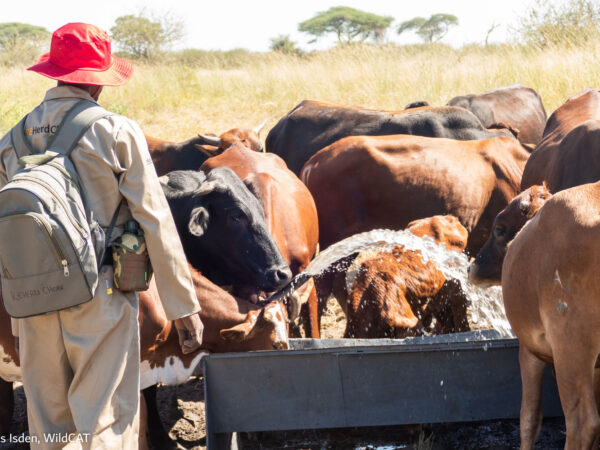
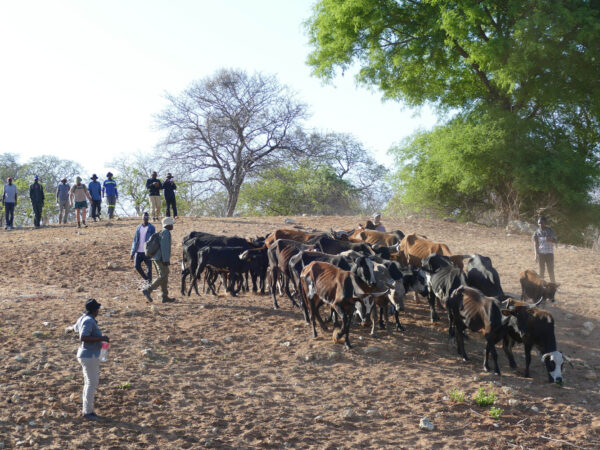
REHerd Chobe – Revitalising Traditional Practices for Modern Conservation
Under the guidance of ReHerd Africa and supported by funds from the German Government (via KfW), WildCAT Botswana is undertaking their second major initiative, the ReHerd Chobe programme, which will tackle conservation from a completely different angle – through the revival and modernisation of traditional livestock management practices. The REHerd Chobe programme represents an innovative approach to addressing land degradation, disease management, and cattle protection while simultaneously supporting local communities.
At its core, REHerd Chobe is about bringing back time-tested practices of herding and kraaling. These traditional methods offer multiple benefits:
- Land protection: Managed grazing prevents overuse of pastures and reduces land degradation
- Disease reduction: Better management practices lead to healthier livestock
- Predator protection: Kraaling provides security for cattle, reducing losses to predators
Professionalising Pastoral Practices
One of the most significant aspects of REHerd Chobe is its focus on elevating the status and professionalism of herders. Rather than viewing herding as a low-skill occupation, the initiative establishes modern professional standards for herders, working with technical partners to provide training and recognition for their essential role in sustainable livestock management.
This approach not only improves cattle management but also provides herders with greater dignity and economic opportunities within their communities. There is a focus on empowering women to actively participate in collective action, as both herders and livestock owners.
Economic Incentives and Market Access
The programme creates tangible benefits for farmers who choose to participate. Those who join REHerd Chobe gain access to:
- Premium market opportunities: The ability to sell “wildlife-friendly meat” at above-normal market prices
- Tourism sector sales: Direct sales to lodges for both staff meals and guest dining
- Enhanced product value: Their cattle products carry the added value of sustainable, wildlife-compatible production methods
Impressive Scale and Community Impact
The impact of REHerd Chobe within the Kavango Zambezi TFCA is already substantial and growing. The programme currently works with:
- Five participating communities
- 20 trained EcoHerders managing livestock across these communities.
- A target by 2028 of over 10,000 cattle under improved management practices
This scale demonstrates that beyond being a small pilot project, the programme is a significant intervention that is already making a measurable difference in livestock management and community livelihoods.
In addition to the support of international donors, Machaba Safaris, who have camps in both Botswana and Zimbabwe, are also supporting the REHerd Herders with financial contributions towards their uniforms and equipment and have pledged their support to purchasing ‘wildlife-friendly’ beef.
The Bigger Picture: Conservation Through Integration
What makes WildCAT Botswana’s work particularly compelling is how these two projects complement each other in addressing the complex relationships between human activities and wildlife conservation.
The wildlife corridor modelling provides the scientific foundation for understanding where and how wildlife moves across landscapes, while REHerd Chobe demonstrates how traditional human activities can be modified to coexist more harmoniously with wildlife.
Together, these initiatives represent a holistic approach to conservation that:
- Facilitates community-led governance and delivery of locally relevant initiatives
- Respects traditional knowledge while applying modern scientific methods
- Provides economic incentives for conservation-friendly practices
- Addresses practical challenges faced by local communities
- Creates scalable solutions that can be replicated across southern Africa
Looking Forward
The design and delivery of both the land use and the ReHerd initiatives have been adapted from existing models but the success of these projects, partly funded by the German Government (via KfW), positions WildCAT Botswana as a local leader in innovative conservation approaches. Their work demonstrates that effective conservation doesn’t require choosing between human needs and wildlife protection – instead, it requires creative solutions that benefit both.
As these projects continue to expand and evolve, they offer another example of community-led, grass-roots conservation practices. The combination of rigorous science, long-term community partnership, and practical economic solutions provides a roadmap for achieving conservation goals while supporting human livelihoods.
The data and models are available, the communities are engaged, and the results are measurable.
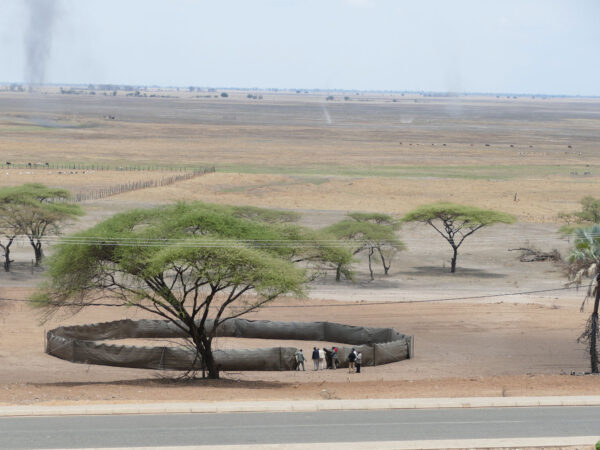
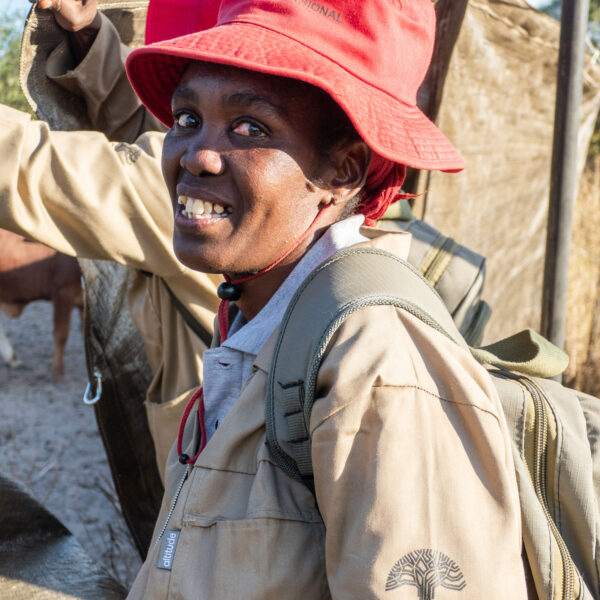

 Angola
Angola  Botswana
Botswana  Namibia
Namibia  Zambia
Zambia  Zimbabwe
Zimbabwe 